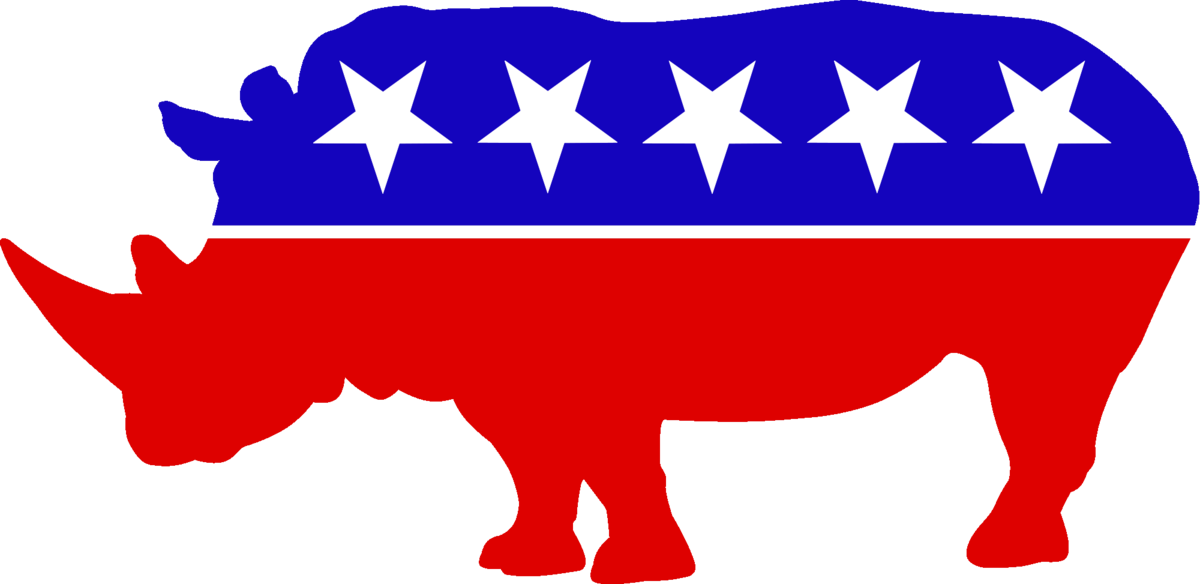https://www.nytimes.com/2020/09/23/opinion/joe-biden-donald-trump-2020.html
There are at least five reasons Joe Biden’s consistent lead over Donald Trump does not guarantee him a lock on the White House.
First, there are indications that Trump’s base of support — whites without college degrees — is more energized and committed to voting this year than key Democratic constituencies. And there is also evidence that polling does not reflect this.
Second, Latinos, who are key to the outcome in several crucial states — Arizona and Florida, for example — have shown less support for Biden than for past Democratic nominees. Many Hispanic voters seem resistant to any campaign that defines them broadly as “people of color.”
Third, absentee voting is expected to be higher among Democrats than Republicans, subjecting their ballots to a greater risk of rejection, a fate more common to mailed-in votes than to in-person voting.
Fourth, the generic Democratic-Republican vote (“Would you be more willing to vote for a Republican or Democratic candidate for Congress?”) through early July favored Democrats by more than 10 points, but has since narrowed to 6 points.
Fifth, the debates will test Biden’s ability to withstand three 90-minute battles against an opponent known for brutal personal attacks.
There are other factors — such as the possibility that the Republican Party will conduct an effective voter suppression drive, or that Trump and his advisers will contrive new mechanisms to pave the way to victory.
Conversely, over a turbulent year — impeachment, the pandemic, a recession and the emergence of a stronger Black Lives Matter movement — one thing has remained constant: Biden’s lead over Trump. In October 2019, nearly 12 months ago, the NBC/Wall Street Journal poll had Biden 9 points ahead of Trump, 50 to 41; just days ago, on Sept. 20, 2020 the NBC/WSJ poll had Biden 8 points ahead of Trump, 51-43.
The same pattern in national polling has held true in the nation’s suburbs which, by many accounts, are the real 2020 combat zone.
...
In June 2013, when Donald Trump was at best a political afterthought, Sean Trende, the senior elections analyst for RealClearPolitics, wrote a prescient essay, “The Case of the Missing White Voters, Revisited,” that in many ways anticipated the 2016 election.
While the 2013 consensus view, in the wake of Barack Obama’s decisive defeat of Mitt Romney in 2012, was that the Republican Party had to move left and win over minorities, Trende argued that the key factor in the 2012 defeat was a failure to turn out white voters.
“From mid-2008 to mid-2012, the census estimates that the number of whites of voting age increased by 3 million,” which should have translated into 99.1 million votes, when in fact there were only 93.0 million, Trende wrote, noting that “when you account for expected growth, we’d find 6.5 million fewer whites than a population projection would anticipate.” On the assumption that Black turnout would decline without Obama at the top of the ticket, Trende concluded:
The next Republican would win narrowly if he or she can motivate these “missing whites,” even without moving the Hispanic or Asian vote.
This Sept. 17, Trende revisited his argument in “Trump’s Path to Victory,” in which he asked “What’s the best case to be made now for how Trump is re-elected?”
His answer is threefold. First, Trump’s job approval rating has to rise to at least 46 percent. It is currently 45.0 percent:
Presidents tend to get the votes of those who think they are doing a good job, and maybe a hair more.
Second, the economy has to improve. Trump currently has a 50.5 percent approval rating on the economy. Third, “the spate of recent stories suggesting that Biden is having difficulty generating Latino and, to a lesser extent, Black support” has to prove true on Election Day.
On Sept. 18, Politico reported that a Monmouth University Poll showed
Biden at 67 percent support among Black, Latino and Asian voters — far ahead of Trump but below the usual Democratic consolidation of voters of color. Hillary Clinton won the same demographics, 74-21 percent, in 2016.
In the end, Trende wrote.
None of this is to be taken as a prediction as such — this is a race that could go either way, and I still view Biden as the favorite. With that said, the story line sketched out above is perfectly realistic.
...




 by Guest Thu Sep 24, 2020 8:45 am
by Guest Thu Sep 24, 2020 8:45 am
 Janko Suvar
Janko Suvar
